Beizhan Wang
ScribFormer: Transformer Makes CNN Work Better for Scribble-based Medical Image Segmentation
Feb 03, 2024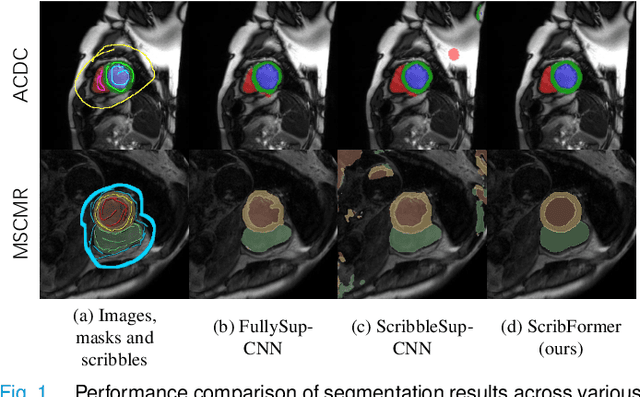
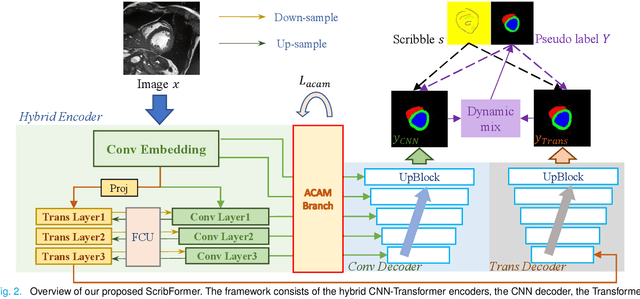
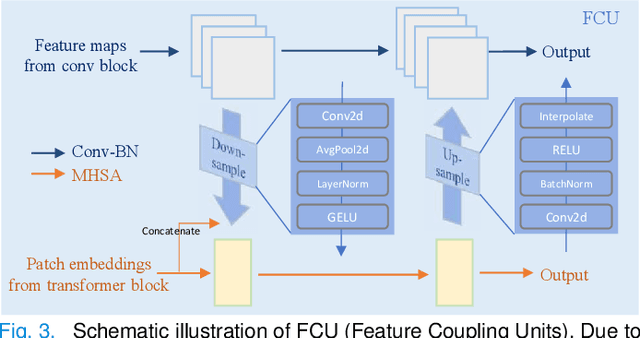
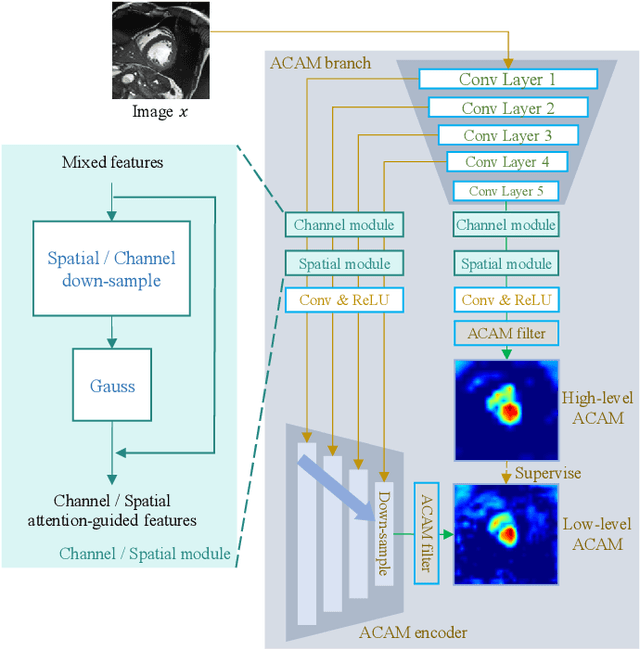
Abstract:Most recent scribble-supervised segmentation methods commonly adopt a CNN framework with an encoder-decoder architecture. Despite its multiple benefits, this framework generally can only capture small-range feature dependency for the convolutional layer with the local receptive field, which makes it difficult to learn global shape information from the limited information provided by scribble annotations. To address this issue, this paper proposes a new CNN-Transformer hybrid solution for scribble-supervised medical image segmentation called ScribFormer. The proposed ScribFormer model has a triple-branch structure, i.e., the hybrid of a CNN branch, a Transformer branch, and an attention-guided class activation map (ACAM) branch. Specifically, the CNN branch collaborates with the Transformer branch to fuse the local features learned from CNN with the global representations obtained from Transformer, which can effectively overcome limitations of existing scribble-supervised segmentation methods. Furthermore, the ACAM branch assists in unifying the shallow convolution features and the deep convolution features to improve model's performance further. Extensive experiments on two public datasets and one private dataset show that our ScribFormer has superior performance over the state-of-the-art scribble-supervised segmentation methods, and achieves even better results than the fully-supervised segmentation methods. The code is released at https://github.com/HUANGLIZI/ScribFormer.
A Novel ECOC Algorithm with Centroid Distance Based Soft Coding Scheme
Jun 22, 2018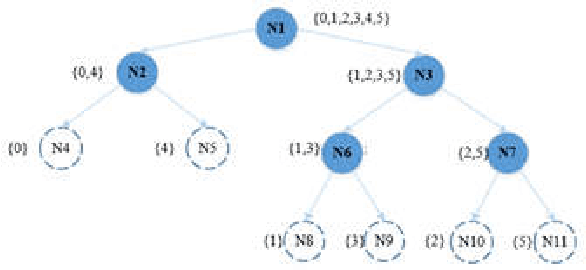
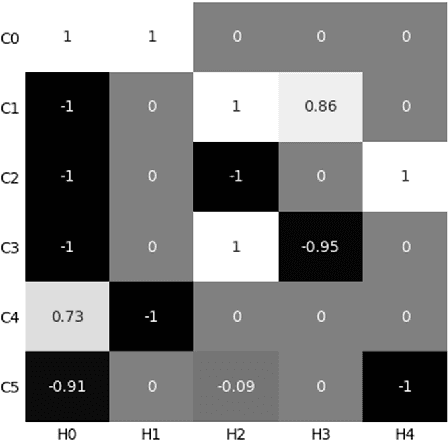
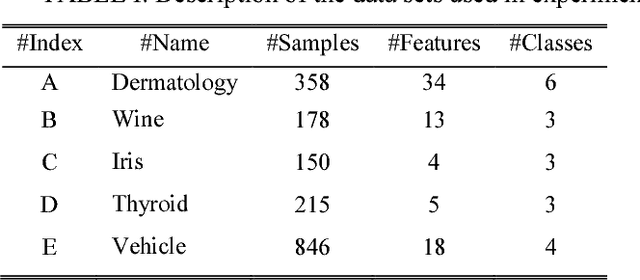
Abstract:In ECOC framework, the ternary coding strategy is widely deployed in coding process. It relabels classes with {"-1,0,1" }, where -1/1 means to assign the corresponding classes to the negative/positive group, and label 0 leads to ignore the corresponding classes in the training process. However, the application of hard labels may lose some information about the tendency of class distributions. Instead, we propose a Centroid distance-based Soft coding scheme to indicate such tendency, named as CSECOC. In our algorithm, Sequential Forward Floating Selection (SFFS) is applied to search an optimal class assignment by minimizing the ratio of intra-group and inter-group distance. In this way, a hard coding matrix is generated initially. Then we propose a measure, named as coverage, to describe the probability of a sample in a class falling to a correct group. The coverage of a class a group replace the corresponding hard element, so as to form a soft coding matrix. Compared with the hard ones, such soft elements can reflect the tendency of a class belonging to positive or negative group. Instead of classifiers, regressors are used as base learners in this algorithm. To the best of our knowledge, it is the first time that soft coding scheme has been proposed. The results on five UCI datasets show that compared with some state-of-art ECOC algorithms, our algorithm can produce comparable or better classification accuracy with small scale ensembles.
A New ECOC Algorithm for Multiclass Microarray Data Classification
Jun 22, 2018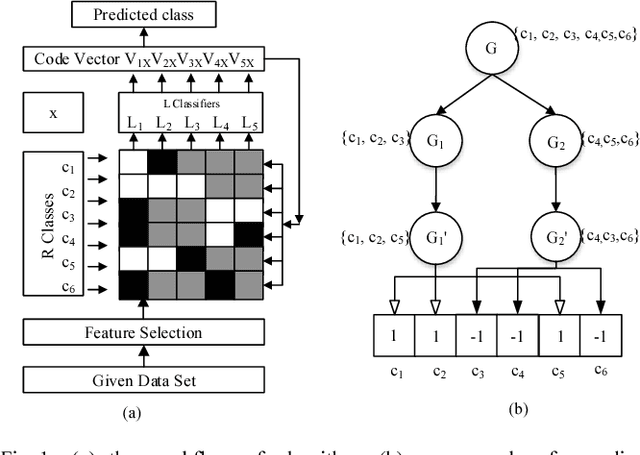
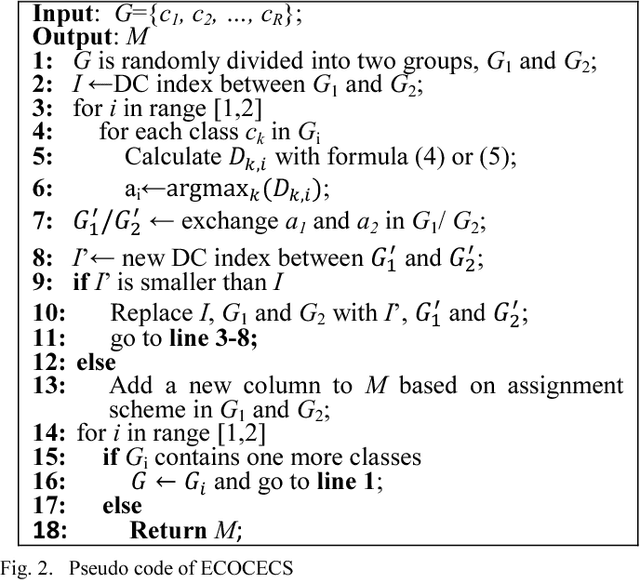
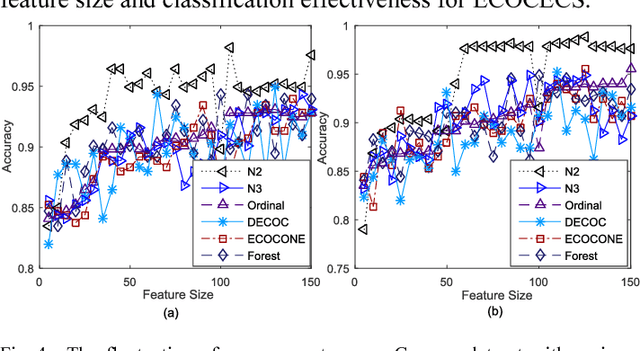
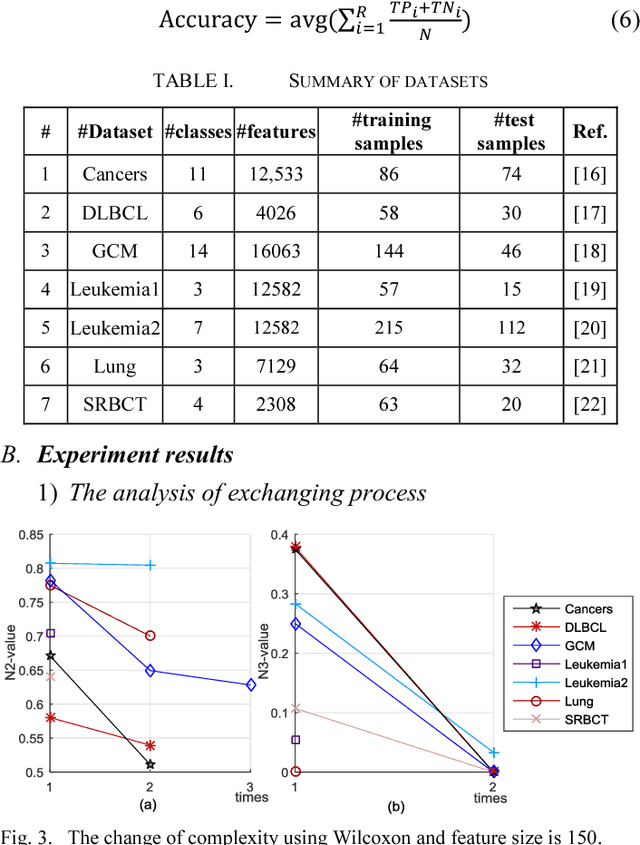
Abstract:The classification of multi-class microarray datasets is a hard task because of the small samples size in each class and the heavy overlaps among classes. To effectively solve these problems, we propose novel Error Correcting Output Code (ECOC) algorithm by Enhance Class Separability related Data Complexity measures during encoding process, named as ECOCECS. In this algorithm, two nearest neighbor related DC measures are deployed to extract the intrinsic overlapping information from microarray data. Our ECOC algorithm aims to search an optimal class split scheme by minimizing these measures. The class splitting process ends when each class is separated from others, and then the class assignment scheme is mapped as a coding matrix. Experiments are carried out on five microarray datasets, and results demonstrate the effectiveness and robustness of our method in comparison with six state-of-art ECOC methods. In short, our work confirm the probability of applying DC to ECOC framework.
 Add to Chrome
Add to Chrome Add to Firefox
Add to Firefox Add to Edge
Add to Edge